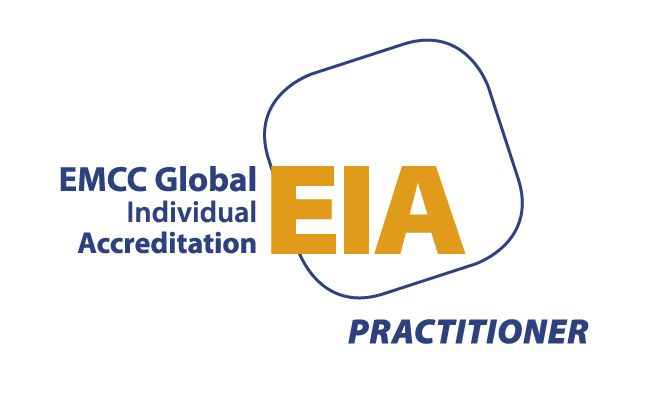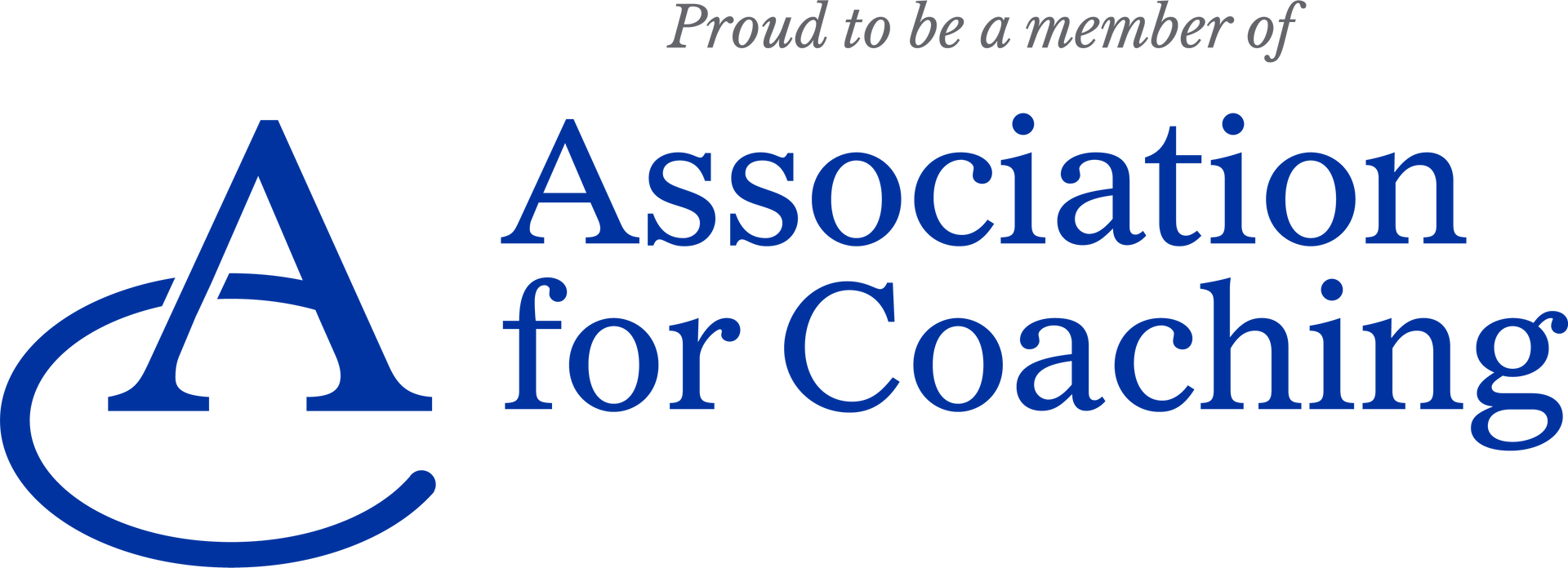Cognitive Diversity to win
Barbra Carlisle • April 4, 2025
Why Cognitive Diversity is the Leadership Advantage You’re Overlooking

The Hidden Problem in Leadership Teams
“We have an experienced team, but we keep running into the same issues. It feels like we’re stuck in a loop.”
Is this your experience? If so you are not alone.
This is basically group think – where we all just agree because it is the easiest path. Many leadership teams operate in this way, particularly in charities, non-profits, and housing associations, where leaders often rise through the ranks of the same sector. The result? A lack of cognitive diversity.
What is Cognitive Diversity, and Why Does It Matter?
Cognitive diversity refers to the differences in how people think, solve problems, and process information. Unlike demographic diversity, which focuses on visible characteristics like age, gender, or ethnicity, cognitive diversity is about how people approach challenges.
Research shows that teams with diverse thinking styles make better decisions and innovate more effectively. A 2023 study by the Chartered Management Institute (CMI) found that UK organisations with cognitively diverse leadership teams were 30% more likely to outperform their competitors (CMI, 2023). Yet, the same study highlighted that many UK charities and non-profits struggle to bring in fresh perspectives.
When everyone thinks alike, blind spots emerge. Leaders miss risks, overlook opportunities, and fail to adapt to change. But when teams include different problem-solving styles, they spot issues earlier, challenge assumptions, and generate more creative solutions.
Cognitive Diversity in Action
Think about a leadership meeting where a big decision needs to be made. You likely have:
• Visionary
thinkers—Big-picture, future-focused leaders who generate ideas but may overlook risks.
• Data-driven
analysts—Detail-oriented leaders who assess facts but may struggle to take decisive action.
• Relational
decision-makers—People who prioritise team impact and organisational culture.
• Action-focused
leaders—Those who push for decisions and implementation, sometimes too quickly.
Each of these thinking styles is valuable, but when one dominates at the expense of the others, teams become unbalanced. If only action-focused leaders drive decisions, risks get overlooked. If only relational leaders shape discussions, difficult decisions may be delayed.
In the case of one senior leadership team I worked with, their leadership team was dominated by big picture analytical thinks who were not big on detail and accountability. They were great at creating a vision, being ambitious on behalf of the organisation but less great at challenging and exploring concepts in practical next steps —they were missing those who ask, “Are we sure this is the right path and what steps are we planning to take to get there?”
Once you recognise what you are missing in a team you can start to take action. For example
1. Invite diverse voices
into decision-making—Bringing in external advisors and more analytical thinkers.
2. Shift meeting dynamics—Introducing structured time for challenge before decisions were finalised.
3. Giving yourself time
in the meeting to ask ‘What would a structural preference thinking say about this idea?”
The result? More strategic decision-making, fewer knee-jerk reactions, and a more adaptable leadership team.
How to Build Cognitive Diversity Into Your Leadership Team
If your leadership team feels like an echo chamber, here are three ways to bring in cognitive diversity:
1. Identify Your Team’s Thinking Strengths—and Gaps
Many leadership teams unknowingly over-rely on certain voices. Some are dominated by visionaries who struggle with execution. Others have practical problem-solvers but lack big-picture thinkers. A 2023 study by the Institute of Leadership & Management found that teams that balance strategic, relational, and execution-focused thinkers make decisions 25% faster and experience higher team engagement (ILM, 2023).
A simple step? Map out your team’s thinking styles and ask: Who do we need more of in the room?
At Glee we use 5 Voices or the Emergentics thinking tool to identify the dynamics in the room and to bring clarity in potential actions to mitigate group think.
2. Change the Way You Run Meetings
Most meetings favour the loudest and quickest thinkers. That means valuable perspectives—often from the more reflective members of the team—get lost.
One housing association I worked with changed their meetings by:
• Giving everyone time to reflect before discussions.
• Assigning someone to challenge decisions before finalising them.
• Encouraging those who think differently to speak first.
This small change led to better decisions and more balanced conversations.
3. Bring in Fresh Perspectives
If your team has been together for years, it’s easy to fall into groupthink. Actively seek outside perspectives—whether through board members, external advisors, or coaching.
A non-profit leader I worked with started bringing in junior team members for fresh input before final decisions. The result? More innovative thinking and higher engagement across the organisation.
Final Thought: The Leaders Who Value Different Thinkers
The most effective leaders don’t surround themselves with people who think like them. They build teams that challenge, refine, and strengthen ideas—because that’s where real innovation happens.
If you’re a CEO or senior leader looking to harness cognitive diversity to improve decision-making and team performance, let’s talk.
Book a meeting with Barbra from Glee Coaching today and start unlocking the full potential of your leadership team. Get in touch today barbra@gleecoaching.com

Introduction Going down to London a couple of weeks ago I was looking forward to putting on a good podcast and ignoring everything and everyone around me. That is until a woman, Melanie, came and plonked down next to me, with her pile of papers and her phone ringing. Once she had taken the call, she smiled at me, I smiled back and this led to a 2 and half hour conversation on all things from professional development to managing long distant relationships. I got off the train more energised, connected and ready for the day than if I had stuck my headphones in. We arranged to meet for a coffee back in Liverpool. Why am I telling you this? Because in business, we often talk about the importance of networks and collaboration—but what if some of the most transformative insights come not from your inner circle, but from a stranger on a train, a chance encounter at a conference, or a casual conversation over coffee? The Research A recent UK study from the University of Essex (Sandstrom et al., 2022) showed that small talk with strangers can significantly improve mood, empathy, and creativity. More importantly, these fleeting interactions often lead to the sharing of ideas that would otherwise remain siloed. In a time when innovation and agility are everything, this matters. Another UK study by Nesta (2019) on innovation diffusion found that ideas spread faster in communities where “weak ties” are strong—those acquaintances and peripheral connections that sit just outside our usual networks. They introduce novelty and challenge groupthink, something every CEO navigating complexity should pay attention to. The Leadership Lens When I work with CEOs, those in peer networks always value that outside in perspective, a fresh set of eyes. When I interviewed Tom Morgan for The Unlikely Executive Podcast he highlighted the power of talking to absolute strangers. His stranger was on the side of a soccer pitch. Showing that real breakthroughs can happen when you put down your guard and just share what your thoughts and ideas are. The 5 Voices framework reminds us that each person has a unique voice—and when we only surround ourselves with people who speak “like us,” we lose access to vital perspectives. When leaders only stay within their trusted circle, something important is lost. You may protect consistency and control (a strength of the Guardian), but you risk missing the unexpected insight that could change everything. Often, it’s the Creative or Connector in the room who first sees the value in an offhand comment or a half-formed idea. These seemingly small conversations—ones we often don’t prioritise—are where innovation is born.” The Call So here’s an invitation: be deliberate about bumping into brilliance. Attend a meet-up that’s outside your industry. Talk to a stranger, say hello as a starter! This method was used by Mel Robbins to great effect when she moved home and is outlined in her brilliant book Let Them. Most of all, create cultures where your team talks beyond their silos too. You might be surprised by where the next big idea comes from—and who it comes from. Curious what kind of conversations might unlock new thinking for you as a leader? Let’s talk. barbra@gleecoaching.com

Introduction Starting a business with friends is thrilling. There is an overarching sense of relief that you don't have to do it alone -you can do it with your bestie! yay! Fast forward 18 months, and the Yay! can turn into Nay! Misaligned expectations, unspoken assumptions, and personality clashes often threaten what was once a shared vision. How can co-directors stay aligned—and stay friends? The Research The UK’s ScaleUp Institute (2022) found that the biggest internal challenge to scale-up growth isn’t funding or sales—it’s leadership alignment. Misalignment at the top leads to strategic drift, team confusion, and burnout. The London Business School’s study on entrepreneurial team dynamics (Lechler & Ensley, 2021) highlights that psychological safety, clear communication, and complementary leadership styles are essential for co-founder success. The Voice of Alignment Most founder teams don’t fall apart because they disagree on what they want to build. It’s how they build it—how they make decisions, how they handle conflict, how they communicate under pressure. One founder might lead with relentless vision, what I call the Pioneer perspective, while another is carefully evaluating risk (taking a Guardian perspective). One might want harmony above all else (Nurturer), and another thrives on energy and visibility (Connector). The key is not to flatten those differences, but to name and honour them.” As a co-director of a brilliant social research agency Michael and I were super excited when we set out - we even got to take clients with us! Yay! However our personalities and life stage were so so different that tensions started to arise. - One of us wanted to renegotiate the agreed starting salary - one of us didn't - One of us was a laissez faire leader, one of us wasn't - One of us put our people first, one of us didn't - One of us blended work with social life, the other just wanted to go home and be with their family - One of us was single and footloose, one of us was married with responsibilities. None of the above were unresolvable but we were unable to resolve due to lack of appreciation of each other, and pressures from around us. I wish I had sought out the support of a coach, I would have loved it if we had both had coaching before it was too late. The Call If you’re building something with someone you respect and care about, take the time to build how you build. A business plan is vital—but so is a relationship plan. Talk to one another about your needs and desires, and share your observations on how you think the relationship, not just the business is going. Let’s ensure your founding team is aligned not just on the product, but on purpose, pace, and process. If you want to run through your thoughts get in touch with me, I would love to be able to help you, and your friend, be totally awesome! https://zcal.co/barbracarlisle/30min


